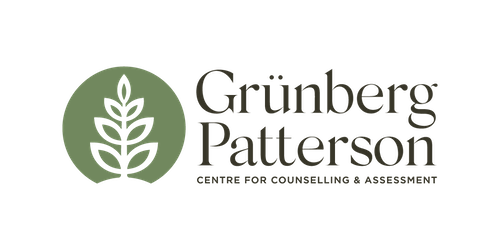Big Bad World. When to talk to children about the hard truths?
Recently, we took turns having the flu, listening to books on tape and sharing in the misery of the world. We both became engrossed by “Edith’s Story”, Edith Velman’s autobiographical account of Jewish adolescence in Nazi occupied Holland. This piece of human history, which is part of Monika’s national history, is so painful, and yet is so necessary to know and to understand for anyone of European heritage. We began to wonder aloud about how, and when, children should be told about recent or current wars, Holocausts or genocides – be they directed at Jews, First Nations, Africans / Blacks, Arabs, Communists, or Lesbians and Gays?
The human capacity for mass murder is a crushing fact of life. For parents who are squeamish about approaching the topics of sex and birth, how much more difficult is it to tell children about the truly frightening evils of the world—war, environmental degradation, extreme poverty, social injustice, racism, and other unjust by-products of human endeavor? Children, we hope, are sheltered for a few years in a family circle that knows no malevolence. The beaming face of a four-year-old, pleased as punch at his accomplishments, or absolutely confident that her drawing taped to the fridge is a masterpiece, is a sight that every parent wants to savor forever in its innocent, guileless joy. And yet, it is not a mature face; it is not ready to inherit its complicated birthright of an earth that is, for every generation, full of both great promises and terrible threats. Sooner or later, they will learn about the darker sides of human nature.
How old is old enough to read Anne Frank? To hear about Aids in Africa? To see planes flying into buildings? To watch the evening news? To go to the World Community Film Festival and learn about child slavery? To watch Batman? Nine? Nineteen? Ninety?
North American culture is deeply conflicted about protecting children from violence. On the one hand, every major disaster brings out a well-intentioned, and probably useful, barrage of expert advice on how to talk to children about what they have seen or heard. We were eager to debrief children who watched the Trade Towers go down in 2001, or the Tsunami hit the tourist beaches in 2005. On the other hand, we call even the most extreme and graphic television violence “entertainment”. And we have, for generations, accepted schoolyard bullying, especially of the psychological variety, as if it were some dark rite of passage that children must endure, bewildered, without us. At home and on the playground, we leave far too much for children to sort out on their own.
Most children begin, usually sometime in elementary school, to seek out knowledge and understanding about the darker sides of human nature. Parents notice new fears, often of the dark, and of dying. Creepy personifications of death abound—Boogiemen, vampires, Freddy Krueger et al. Children re-create, and try to master in fantasy what they can’t quite put their fingers on in real life. They are learning about their own dark sides, and about the dark sides of others. They are reaching for tools to help them to understand and overcome their fears, and to believe that the good is stronger than the bad.
At this age, perhaps 9 or 10, it is right for parents and other wise adults to offer something more substantial than cartoon images of superheroes and villains. Children who are exposed to violence or other trauma at a younger age will, of course, have need of much more adult guidance, earlier, in order to sort out what they have witnessed. The main idea of adult help is not only to pace the exposure, but, more importantly, to pay attention to what else, besides the terrible truths, children are learning.
In front of the evening news, there is little to learn except the bigness, the strangeness, and the remoteness of violence, and the helplessness of ordinary people to change it, interspersed with commercials. In superhero adventures, children learn that while ordinary people are helpless in the face of evil, someone with magical or superhuman physical powers can contain it…for a while. Superhero figures offer temporary relief from a child’s relative powerlessness, but they have little of lasting value to teach about the resourcefulness, skills, strengths and hope that a real human can aspire to. Well-chosen children’s literature, by contrast, may tell of blood-curdling hardships, fear, despair and disaster, but it always does so within a more intimate story of children, often families, finding their own sources of strength. Many families have their own historical stories of displacement, war, immigration, hunger, oppression and danger. When these stories are told, they become stories of survival and hope, because the children themselves are evidence that the family was not destroyed; they carry the seeds to begin again.
Sometimes adults try to shelter children from hard truths, not because the children are not strong enough, but because the adults themselves have difficulty remembering, thinking about, or talking about it. The many untold stories of war vets and refugees are a case in point. Telling our children a story of strength and hope demands that the adults, first, find that hope within themselves. If an adult believes that there is nothing but despair, and cynicism to offer, then what can they teach but despair and cynicism, also? Raising children gives us the responsibility, and the opportunity, to find more.
One of the best ways to help children to deal with the really bad news about being human is to give them opportunities to pitch in and help. At the recent World Community Film Festival, Serena asked some 12 year olds, who were among the youngest people present, what they had seen. Enthusiastically, they told her about environmental threats, child labor, political intrigue, and more. They were really happy, they said, to be finding out more about the real world, and how it worked. But, Serena asked, did they feel overwhelmed, discouraged, frightened by it? Not really, they said. They already knew what it was to be frightened about such things. What they were seeing at the film festival was how people could do something useful in response to the bad things. They were seeing people who were brave, creative, and who had enough faith to try and help. The children, in turn, wanted to help. All around them, at the bazaar, were opportunities to do something—from writing letters and signing petitions, to cleaning up streams or taking on a fund-raising project. Even better, there were adults


